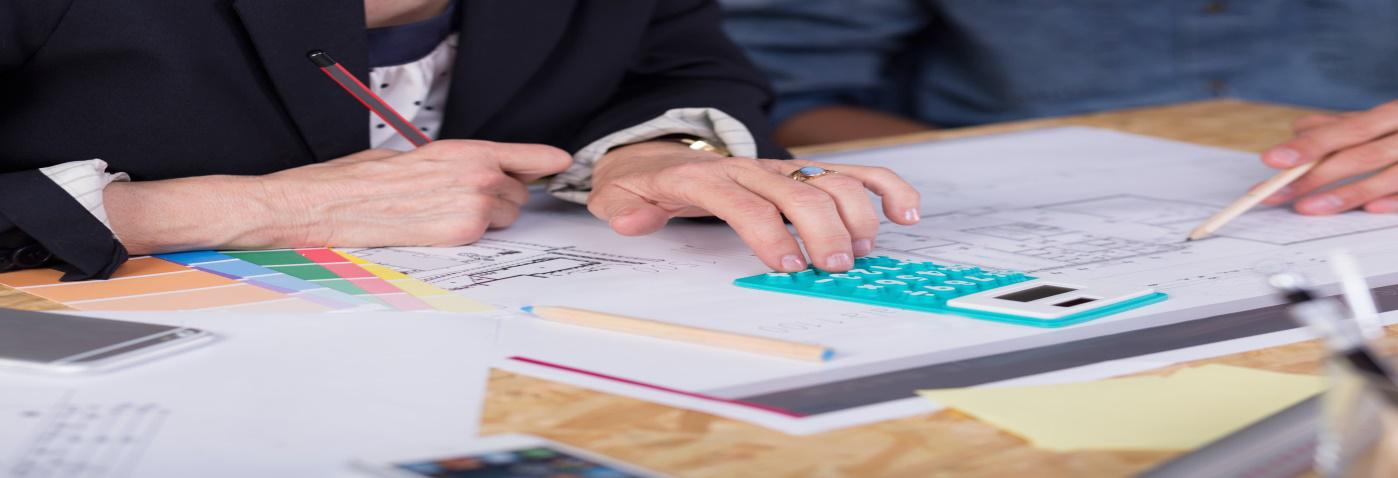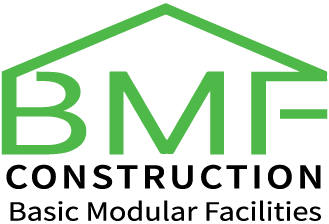Budgeting For Your Remodel
Understanding budgeting for your remodel and the unique qualities of your remodeling project are a key element to realistic budgeting. We are constantly offered tips and guidelines regarding what various types of remodeling projects should cost. Unfortunately, most of these opinions are inaccurate or may not apply to your particular situation.

Why Commonly Quoted Remodeling Costs are Inaccurate
A simple way to understand why your project cost can vary from the “standard” would be to take a very common example, floor refinishing.
A Simple Example
Let’s assume that you are performing a major home renovation, and one component would be to refinish the existing nailed down oak strip floors. A typical number that is quoted is $6 square foot, but what does that include? Simple math would dictate that your 2000 square feet of flooring would “cost” $12000. Therefore, you anticipate that your GC will list $12000 as a line item on the proposal. The reality is that this is rarely the cost for that work, so assuming that is your anticipated budget, you may be in for a surprise!
Factors that Affect Costs
Scope
The scope of the work has a major impact on costs. A simple “screening” (oftentimes referred to as “refinishing”) is typically a buff and another coat of clear finish. In contrast, a true refinishing includes a complete sanding of the existing floors, filler as needed and multiple coats of sealer (among other possible steps, see below). Staining the wood adds another layer of costs.
Logistics
Refinishing work on a 5th floor flat or working with a Condo HOA requires more time and labor than a single level rancher in a suburban neighborhood.

Condition
The condition of the existing floors has a significant effect on final cost. A floor in good to excellent condition (that may have never been refinished) will require far less work (cost) than a worn surface with numerous defects to repair. Additional repairs may include setting old nails, added nailing to secure old flooring, extensive filling, and removing and replacing badly worn, damaged or stained wood. Repairing and/or replacement of accent strips and borders may also be necessary.
Additional Installations
There are often additional components to repair and/or refinish which are not considered in “square footage” but have a substantial impact on cost. These may include refinishing existing stair systems including treads, risers and stair skirts. In some instances, an Owner may wish to refinish non-floor complimentary components such as stained handrails or balusters.

Quality
A cheaper price usually reflects a lower quality project with lesser skilled installers and cutting corners. As a result, a job which will disappoint.
Protection / Quality Control
Refinishing can result in damage to other finishes, such as baseboards, casings, doors and cabinetry. To assure these finishes are not damaged, it is prudent to invest in the cost to cover and protect these surfaces. Additional steps to minimize the spread of dust can go a long way to avoid a major house cleaning upon completion.
Risks / Guarantees / Contractor Costs
Using a General Contractor means that you have shifted the risk of the work to a professional who assumes liability, monitors the work, maintains quality control, coordinates and schedules, adds their expertise to obtain a better job and protects the Homeowner. One cannot under estimate the value that a professional brings to the project.
In summary, your floor refinishing may cost you $6/foot, but there are many other factors which, once included in the remodeling cost basis, can make the $6/foot assumption invalid for your particular job. Hiring an honest and skilled Contractor for your home improvement project helps assure that all the remodeling costs and associated work is included, you avoid unpleasant surprises and enjoy a successful remodeling experience. To see how BMF Construction can help you with your remodeling, addition or new construction project, call us at 415.699.9124 or email bmfca@att.net.


